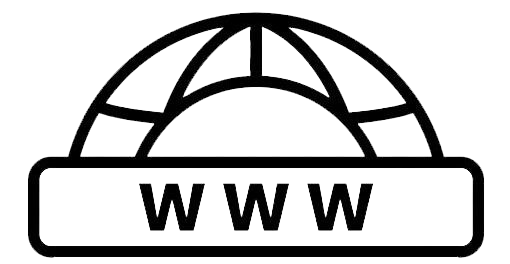Modified Date: February 15, 2025
Encountering a “Blocked due to unauthorized request (401)” error in Google Search Console can be alarming. This error means that Googlebot, Google’s search engine crawler, is being prevented from accessing certain pages on your website. This restriction can hinder your site’s ability to be indexed and ranked, ultimately affecting your search traffic. Let’s explore the meaning of this error and how to resolve it in three different scenarios.
Understanding the 401 Error
A “Blocked due to unauthorized request (401)” error signifies that Googlebot is being denied access to your site’s pages. This denial could be due to several reasons:
Password Protection: Pages require a password to access.IP Restrictions: Certain IP addresses, including Googlebot, are blocked.Authentication Errors: Issues with the site’s login process are preventing Googlebot from accessing pages.
Scenario 1: Removing Unintentional Restrictions
Sometimes, the 401 error results from unintentional restrictions placed on Googlebot. Here’s how to address this:
Step-by-Step Solution
1. Identify the Blocked URLs:
Use Google Search Console to locate the pages with the 401 error. Navigate to the “Coverage” report and identify the affected URLs.
2. Review Password Protection :
Check if the pages are password-protected. If these pages provide valuable content that should be indexed, consider removing the password protection.
3. Check IP Restrictions:
Ensure that Googlebot’s IP addresses are not being blocked. You can find Googlebot’s IP ranges in Google’s official documentation. Allow these IPs in your server settings.
4. Fix Authentication Errors:
Troubleshoot your website’s authentication process. Ensure that Googlebot can bypass any login requirements to crawl your pages. You may need to adjust settings in your CMS or server configuration.
5. Test Changes:
Use the URL Inspection tool in Google Search Console to test live URLs and ensure that Googlebot can access the pages without encountering a 401 error.
Scenario 2: Intentionally Restricting Certain Pages
In some cases, you may intentionally want to restrict Googlebot from accessing certain pages, such as admin sections or private content.
Step-by-Step Solution
1. Create or Edit robots.txt File:
If you don’t have a robots.txt file, create one in your website’s root directory. If you do, add the necessary Disallow directives.
2. Add Disallow Directives
Specify which URLs or directories should be blocked from Googlebot. For example:
User-agent: Googlebot
This prevents Googlebot from accessing the specified sections of your site.
3. Verify the robots.txt File:
Use Google Search Console’s robots.txt Tester tool to ensure your directives are correctly implemented and Googlebot is being properly restricted from the intended pages.
4. Monitor Coverage Report:
Regularly check the Coverage report in Google Search Console to verify that the restricted pages are no longer showing 401 errors.
Scenario 3: Handling Content Behind Paywalls or Restricted Access
If you have valuable content behind paywalls or restricted access, you might still want Google to understand and index it without revealing the actual content.
Step-by-Step Solution
1. Implement Schema Markup:
Use schema.org’s Paywalled Content markup to signal to Google that the content is behind a paywall. This helps Google understand the content’s nature without needing to crawl it fully.
2. Set Up Meta Tags for Noindex:
For pages that should not be indexed, use the noindex meta tag. Add this tag to the HTML head section of the page:
<meta name=”robots” content=”noindex”>
This tells Googlebot not to index the page but allows it to understand the content’s presence.
3. Submit Sitemaps:
Ensure that your XML sitemap is updated with the latest URLs and properly reflects which pages should be indexed. Use Google Search Console to submit your sitemap and help Google understand your site’s structure.
4. Test and Monitor:
Use the URL Inspection tool to verify how Googlebot sees the pages. Continuously monitor the Coverage report to ensure that the 401 errors are resolved and that your restricted content is being handled correctly.
Conclusion
Resolving “Blocked due to unauthorized request (401)” errors in Google Search Console is crucial for maintaining your site’s health and search visibility. By understanding the root cause of these errors and applying the appropriate fixes, you can ensure that Googlebot can access and index your content effectively.
Remove Unintentional Restrictions: Ensure Googlebot can access valuable content by checking and adjusting password protection, IP restrictions, and authentication processes.Intentionally Restrict Pages: Use robots.txt to block access to admin sections or private content, verifying the setup with Google Search Console tools.Handle Paywalled Content: Implement schema markup and meta tags to manage restricted content without revealing it fully, while keeping Google informed.
By following these steps, you can address 401 errors and maintain a robust, search-friendly website that performs well in search engine rankings. Regular monitoring and adjustments will help keep your site in optimal condition for both users and search engines.

